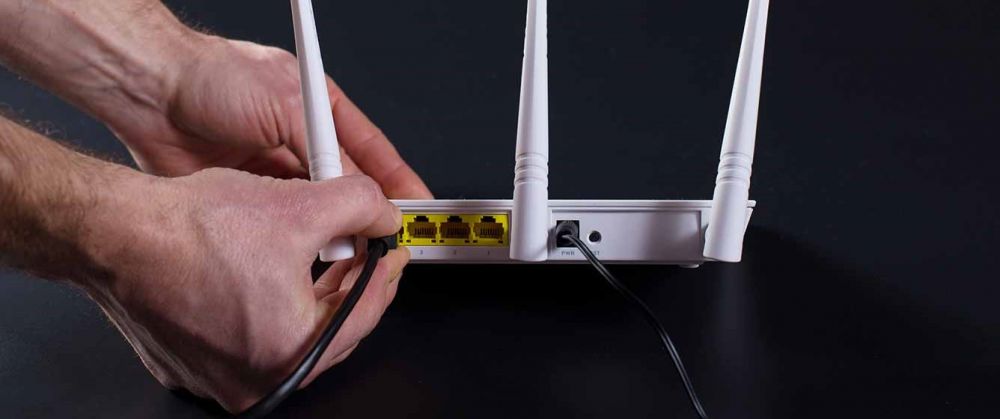Ofcom tackles broadband tech consumer confusion
December 13, 2023
By Colin Mann

UK comms regulator Ofcom is issuing new guidance to broadband providers to ensure consumers are given clear information about their service when signing up to a new deal.
Under the guidance, broadband firms must now tell consumers about the network that underpins their broadband service and must only use terms that are clear and unambiguous.
To date, the term ‘fibre’ has been used to describe both old and new networks, but going forwards broadband providers will need to be clear about whether the network they use is a new ‘full-fibre’ network – with fibre all the way to a customer’s home – or a ‘part-fibre’, ‘copper’, or ‘cable’ network.
This information must be given to consumers before they purchase a broadband service, regardless of whether they sign up in person, over the phone or online.
Consumer confusion
Full-fibre networks are currently being deployed at pace, meaning customers are increasingly able to choose from a range of different network technologies for their broadband service, notes Ofcom. However, the term ‘fibre’ is being applied inconsistently by the telecoms industry and is often used to describe different types of networks, leading to confusion among customers. In particular, some providers use the term ‘fibre’ which is ambiguous, as it could refer to a few different technologies, notably fibre to the cabinet (FTTC), fibre to the premises (FTTP), or cable technologies.
Ofcom research reveals that more than a quarter (27 per cent) of broadband customers lacked confidence in understanding the language and terminology used by providers. Furthermore, only 46 per cent of customers who reported being on full-fibre broadband were living in areas where it is actually available.
New industry guidance
To improve consumer understanding, Ofcom has decided to issue new industry guidance. In summary:
- providers should give a short description of the underlying network technology of each broadband product using one or two terms that are clear and unambiguous, such as ‘cable’, ‘copper’, ‘full-fibre’ or part-fibre’. These descriptions should be offered at point of sale on the website, and before the final purchase in contract information, and in the contract summary;
- the term ‘fibre’ used in isolation is ambiguous, so it should not be used on its own to describe the underlying broadband technology. This would mean, for instance, that ‘full-fibre’ (or a similar term) is only used to describe networks which use fibre-optic cables all the way from the exchange to the home. Similarly, ‘part-fibre’ (or a similar term) would describe those services with a fibre-optic connection from the local exchange to the street cabinet and then usually a copper wire connecting the street cabinet to the customer’s home; and
- providers should give a more thorough explanation of the underlying broadband technology – for example through a link – so that consumers can understand in more detail what it means for them. This information must be provided in an accessible form that is easy to understand.
According to Ofcom, this information is important because the different underlying network technologies can have implications for performance. Notably, on the Openreach network, FTTP can provide a more reliable service than FTTC, as it is less prone to faults. The new guidance will apply from September 16th 2024, giving broadband providers nine months to implement the necessary changes.
“Today’s guidance is designed to address customer confusion surrounding the different network technologies underpinning broadband services,” explains Selina Chadha, Ofcom’s Director of Connectivity. “By requiring clear, straightforward information on network technologies, consumers will have a better understanding of the characteristics of their broadband service, so that they can compare services more easily and choose the best one to meet their needs.”
“We welcome Ofcom’s guidance for clearer broadband descriptions, aiming to reduce misinformation and help consumers make informed choices,” commented Tom Williams, CEO and Co-Founder at Lit Fibre. “Too often the speed and quality of internet services fall well short of what customers should expect, in part through misinformed choices when buying. The result is that households up and down Britain are overpaying for services that they are not getting which is unfair and makes life harder every day.”
“Lit Fibre is a pure, full fibre Internet company, that is delivering exceptional levels of service. We understand that customers don’t want technical jargon, just great service and competent help when they need it. That’s why we’re committed to clear and concise communication about our services and technology. As such, we recently launched our ‘Internet Jargon Buster’, a handy tool to help people navigate the world of broadband terminology.”
“We believe that consumers deserve the right to make informed decisions, and these guidelines will help the industry as a whole.”
